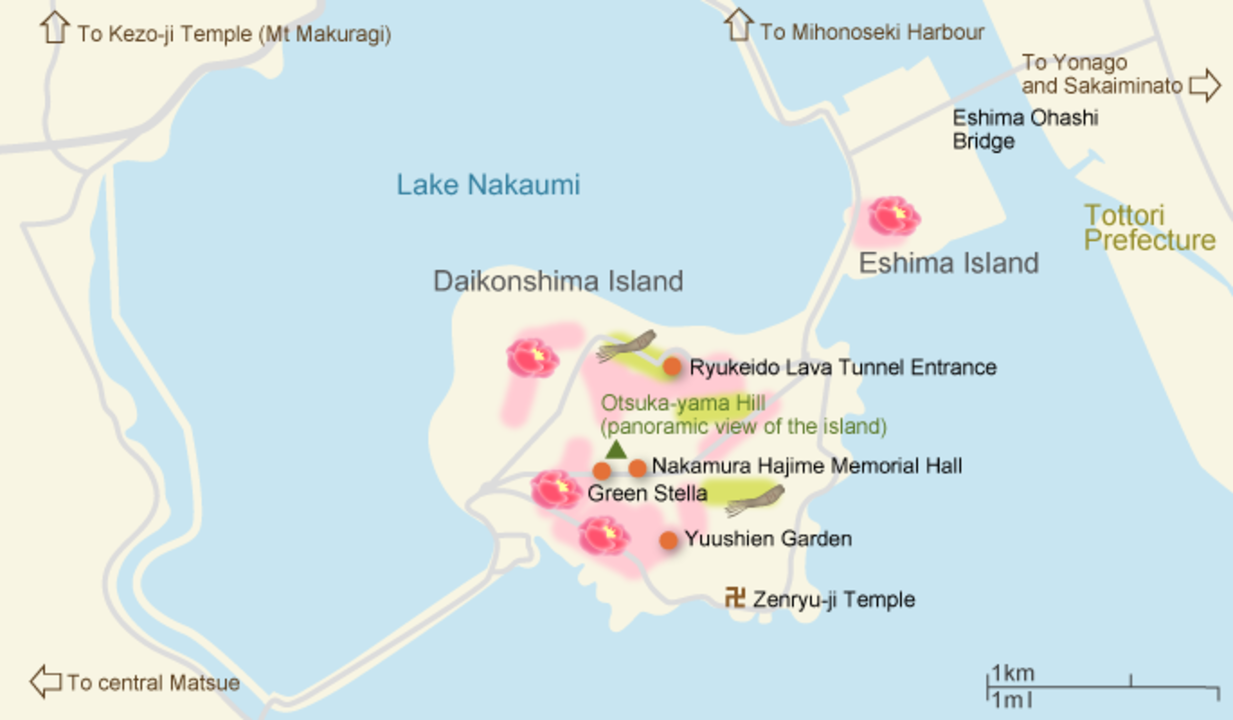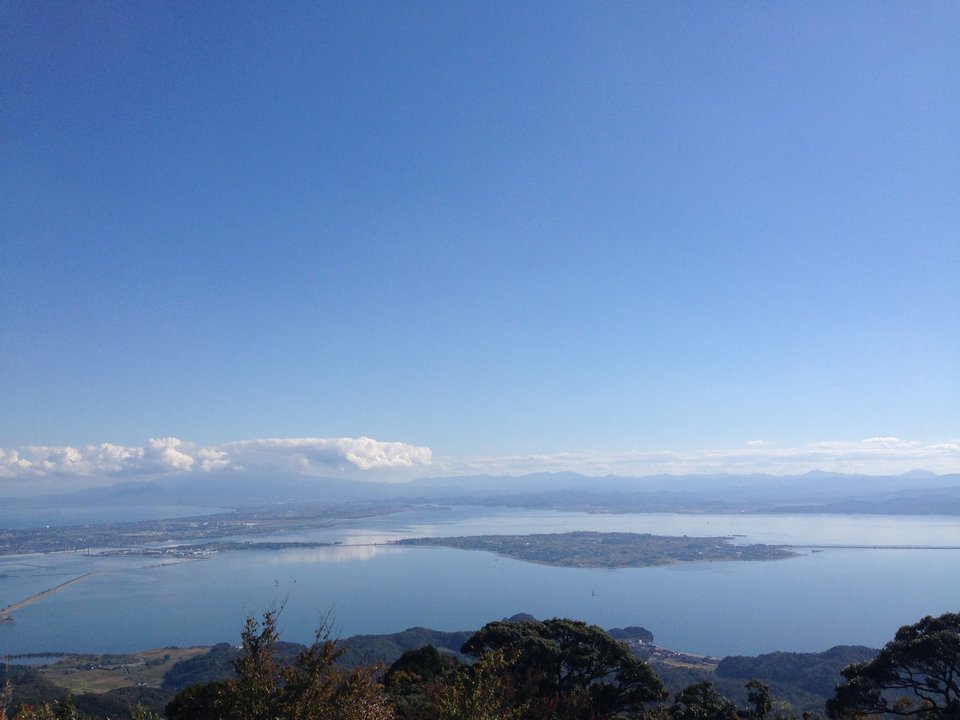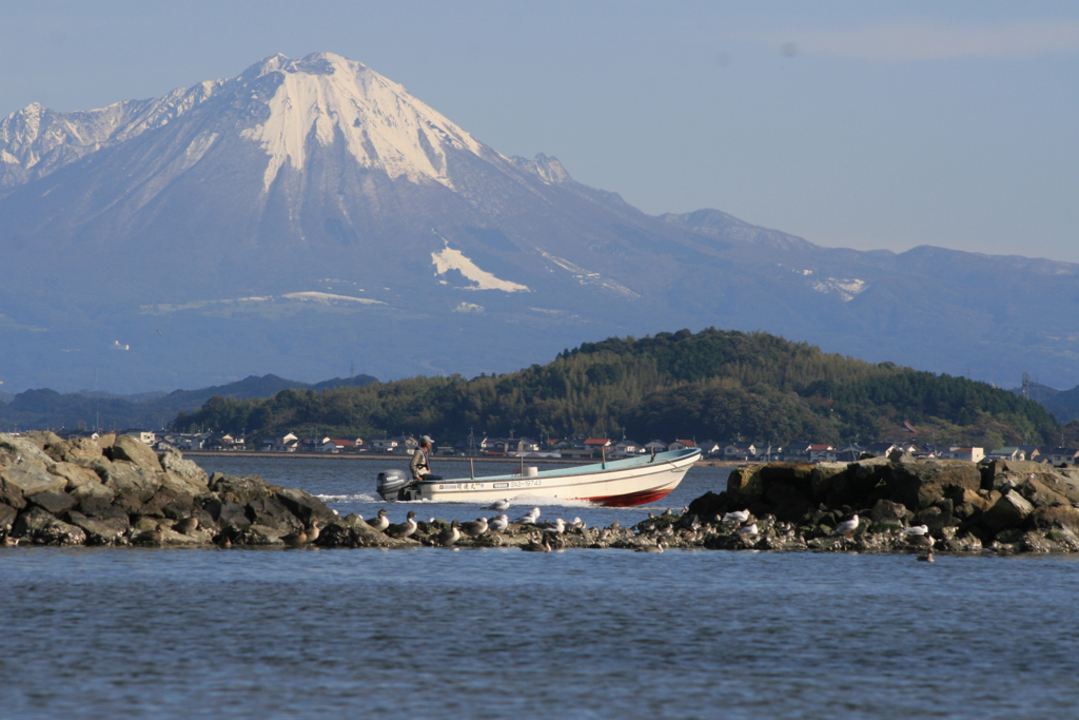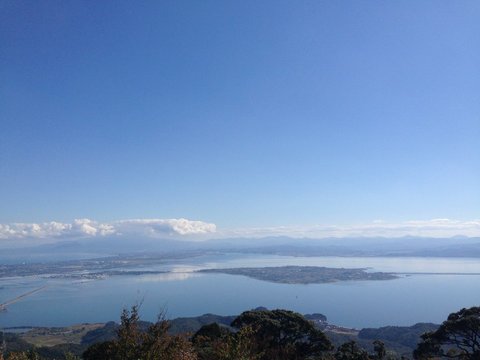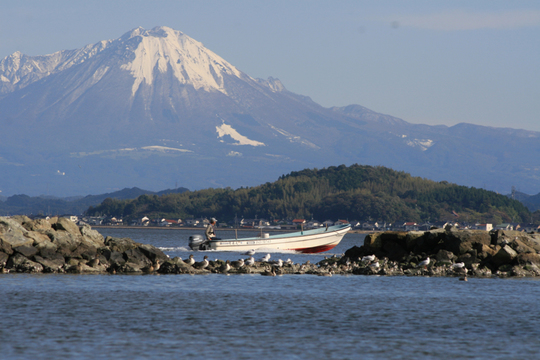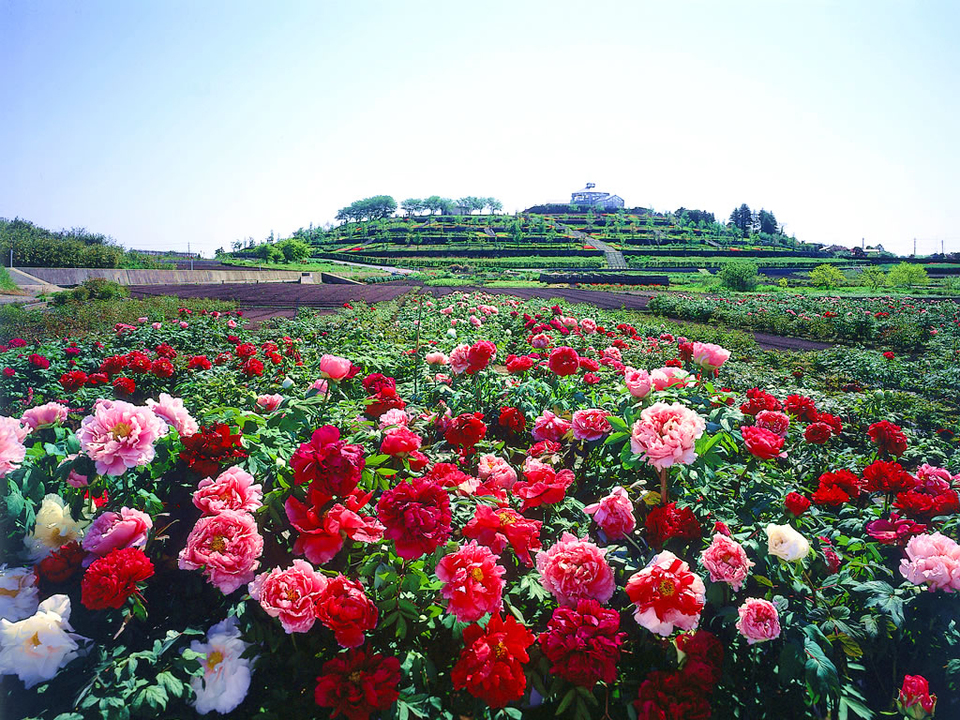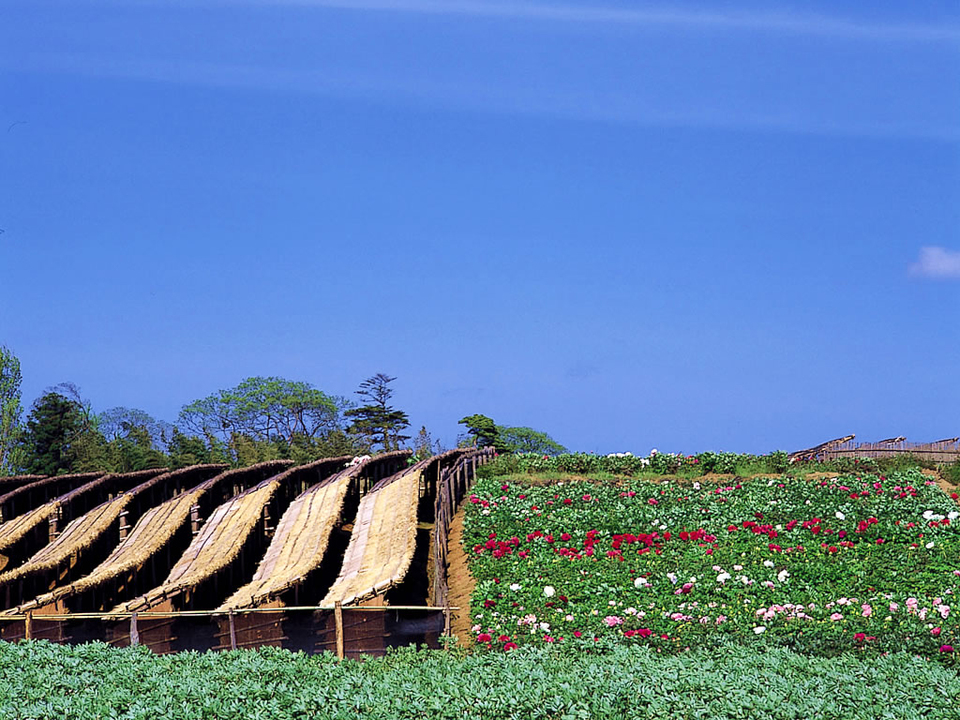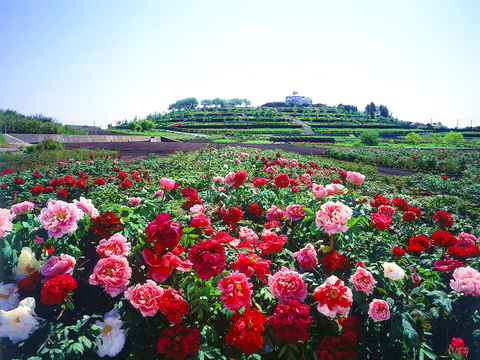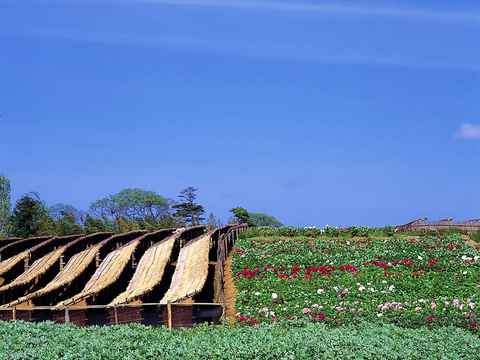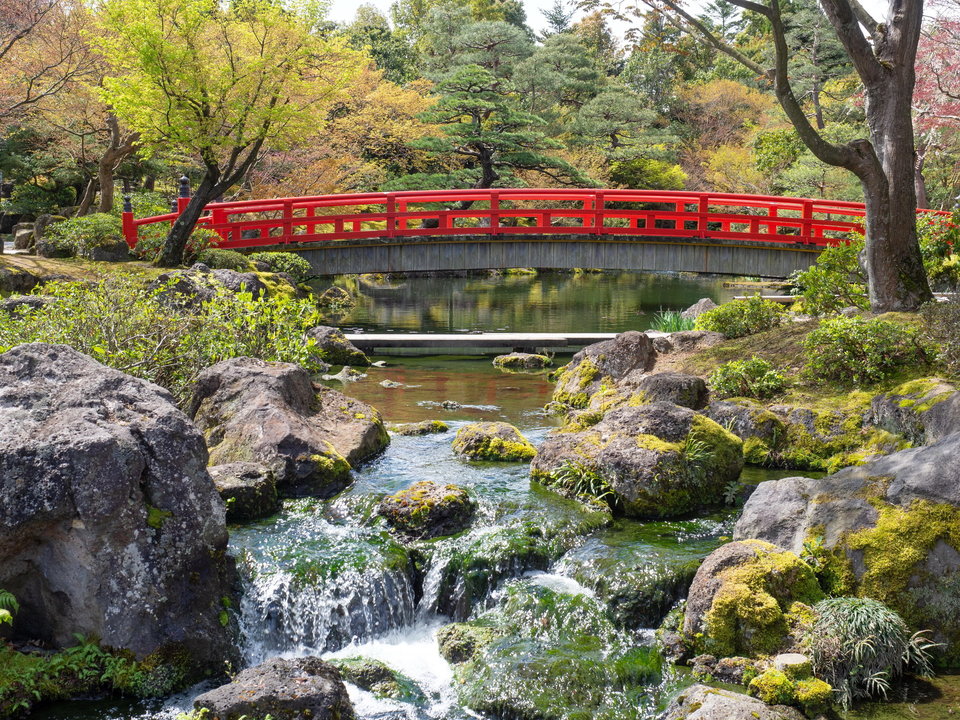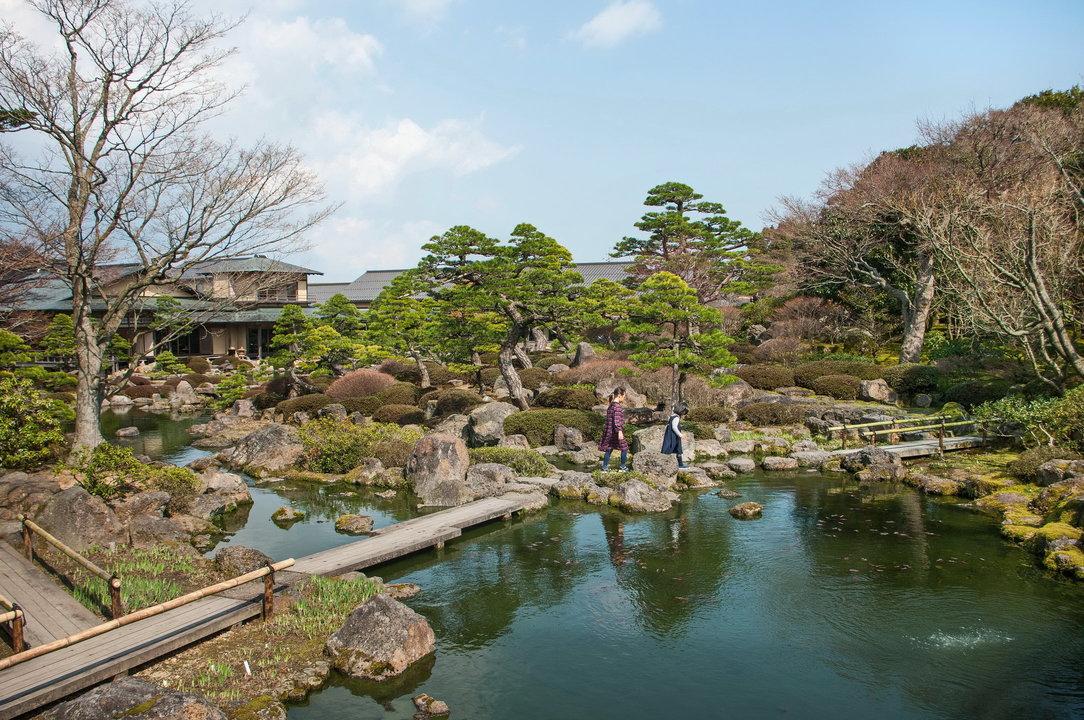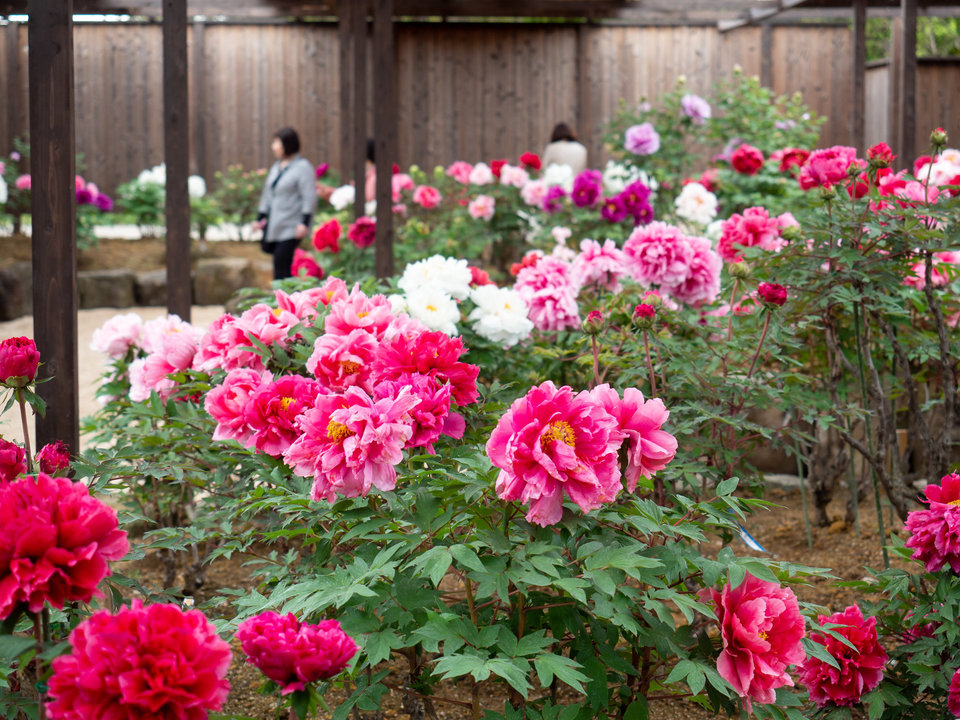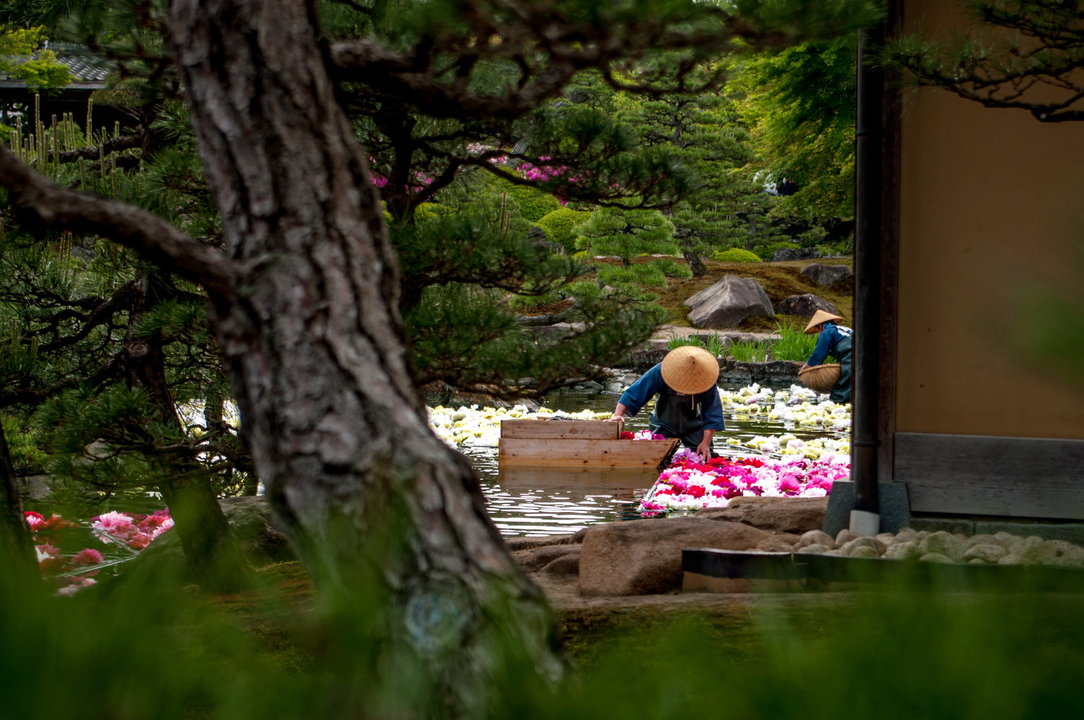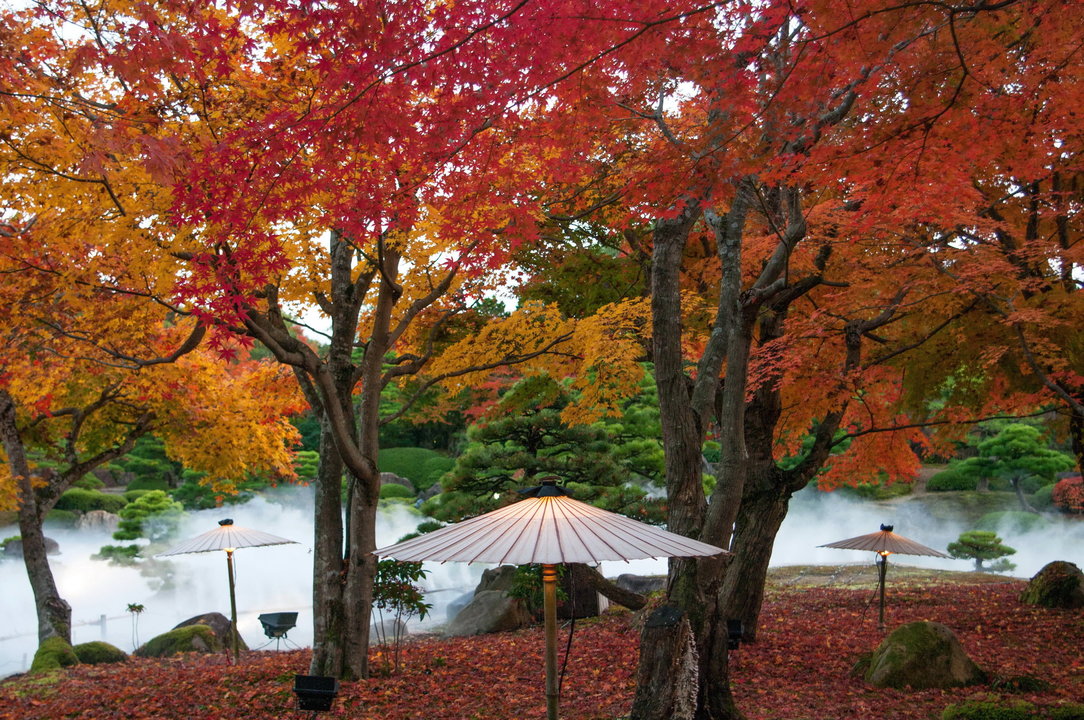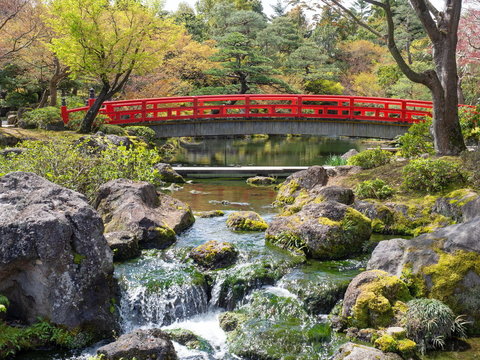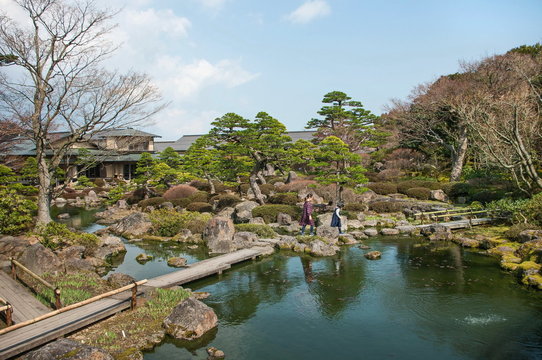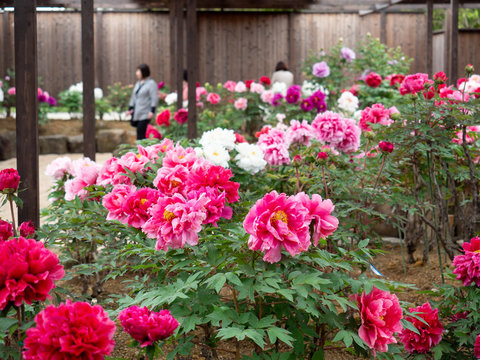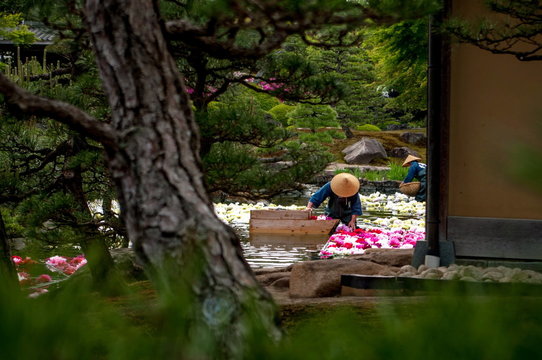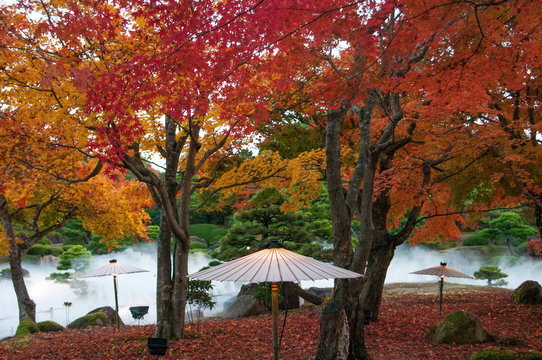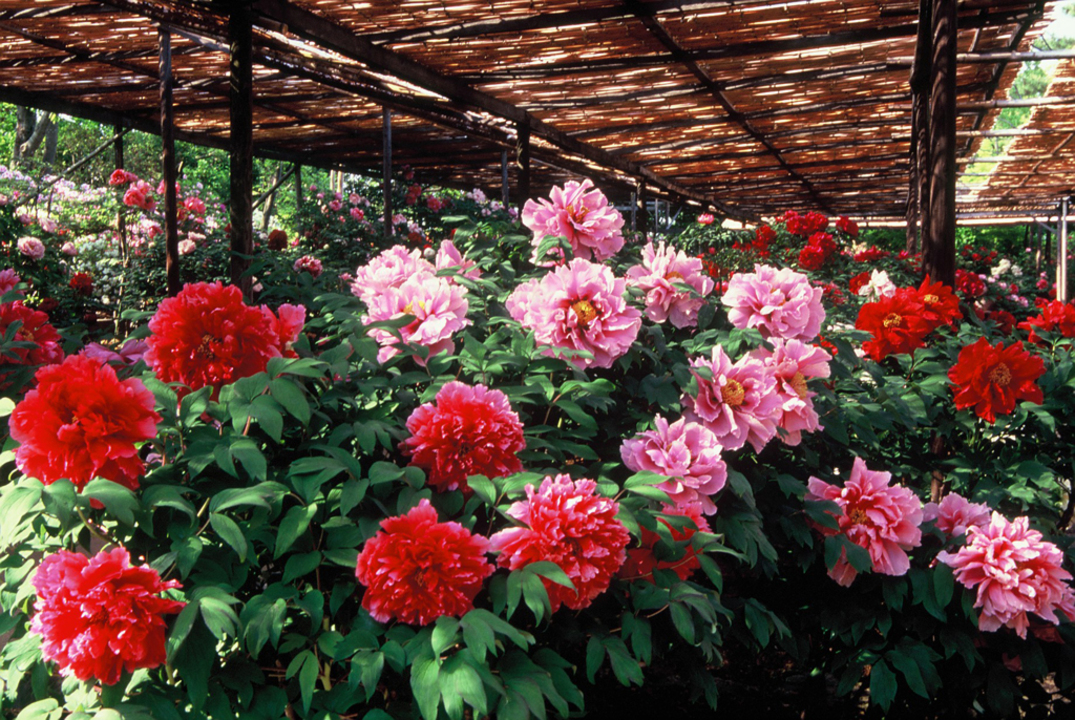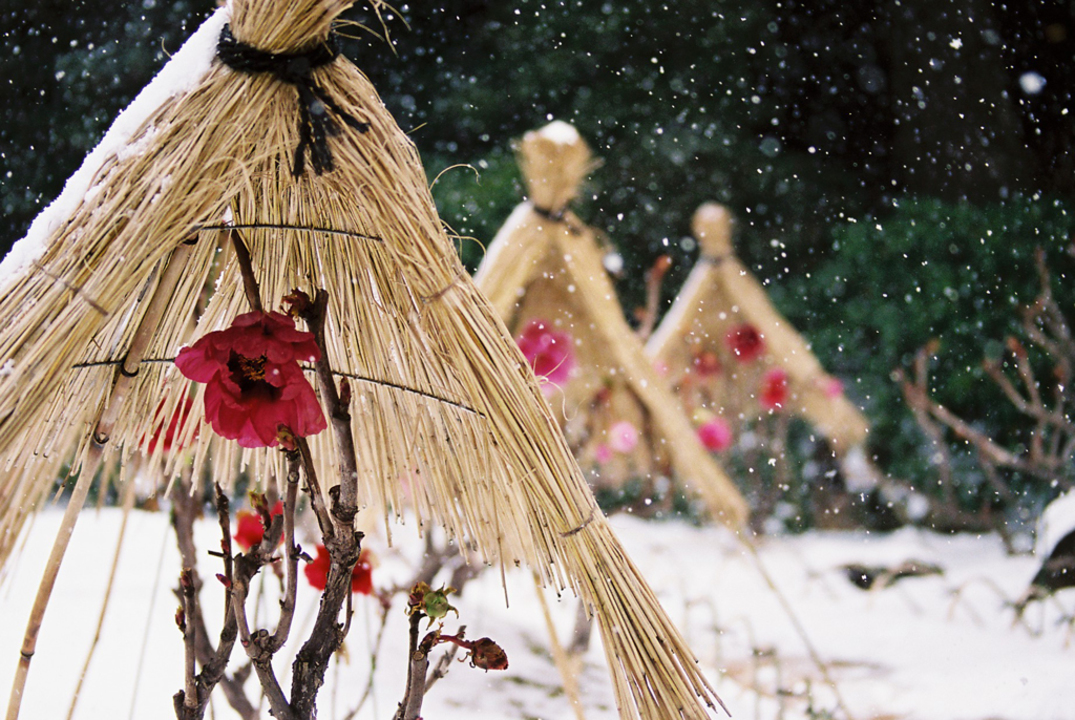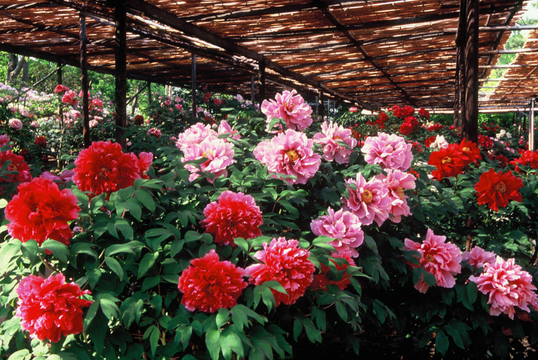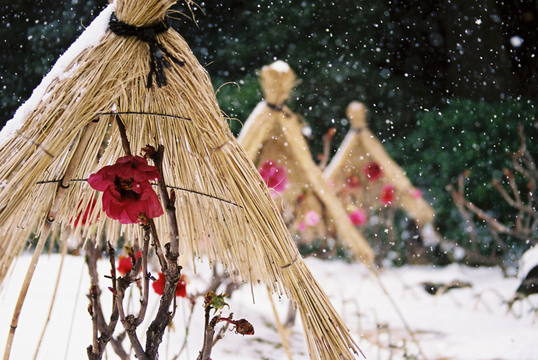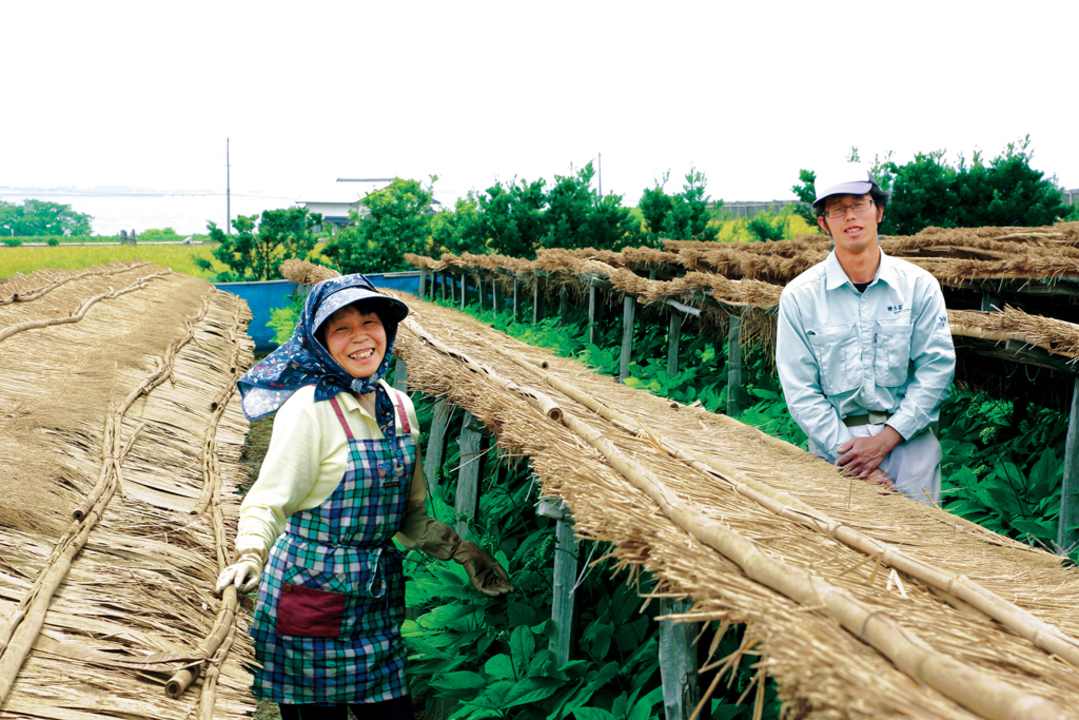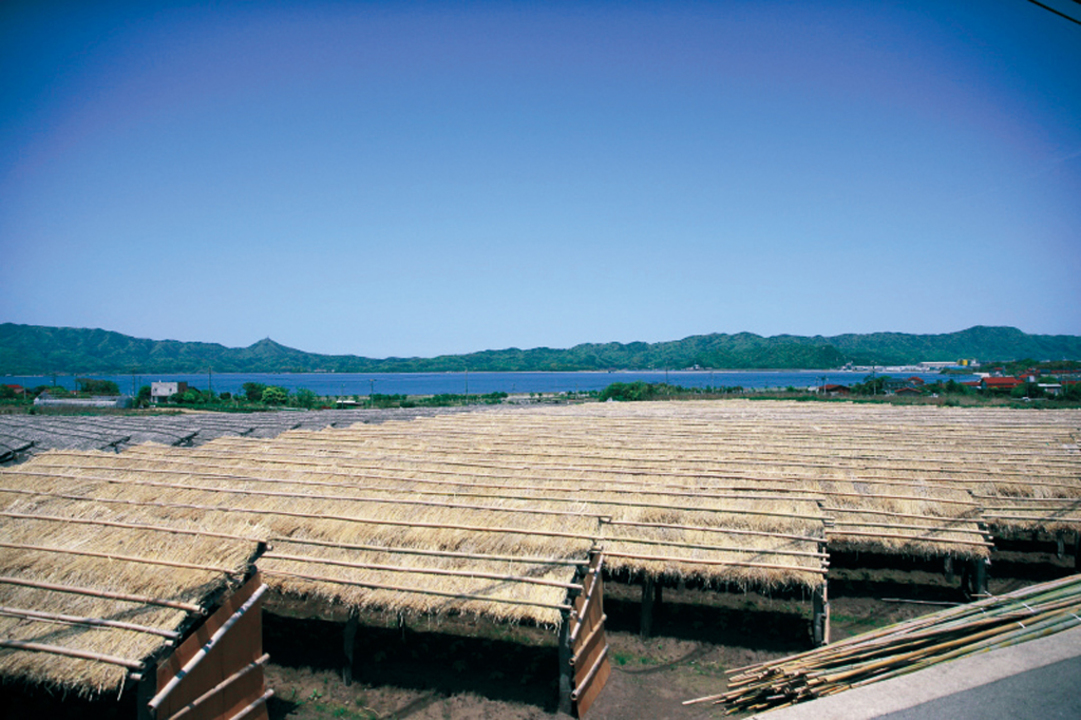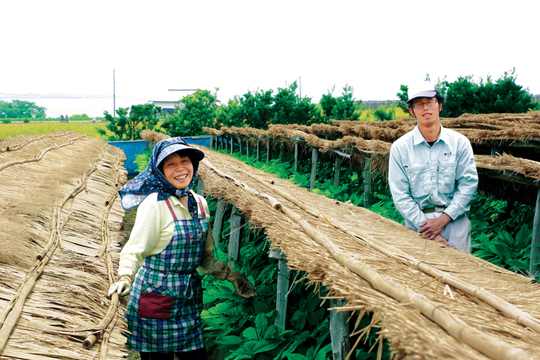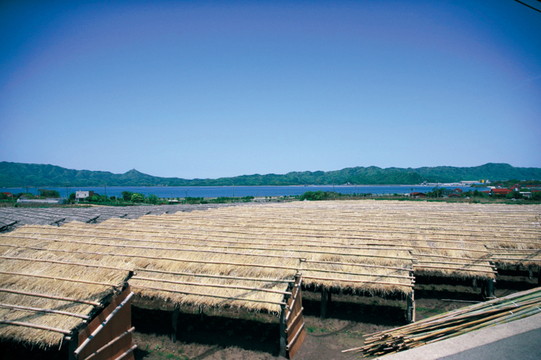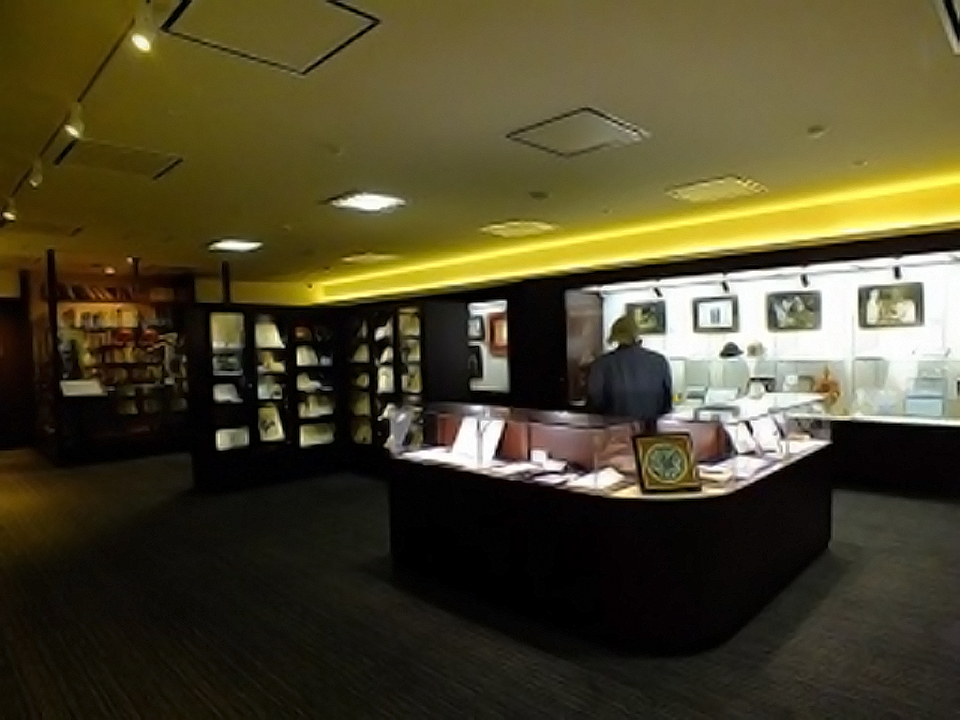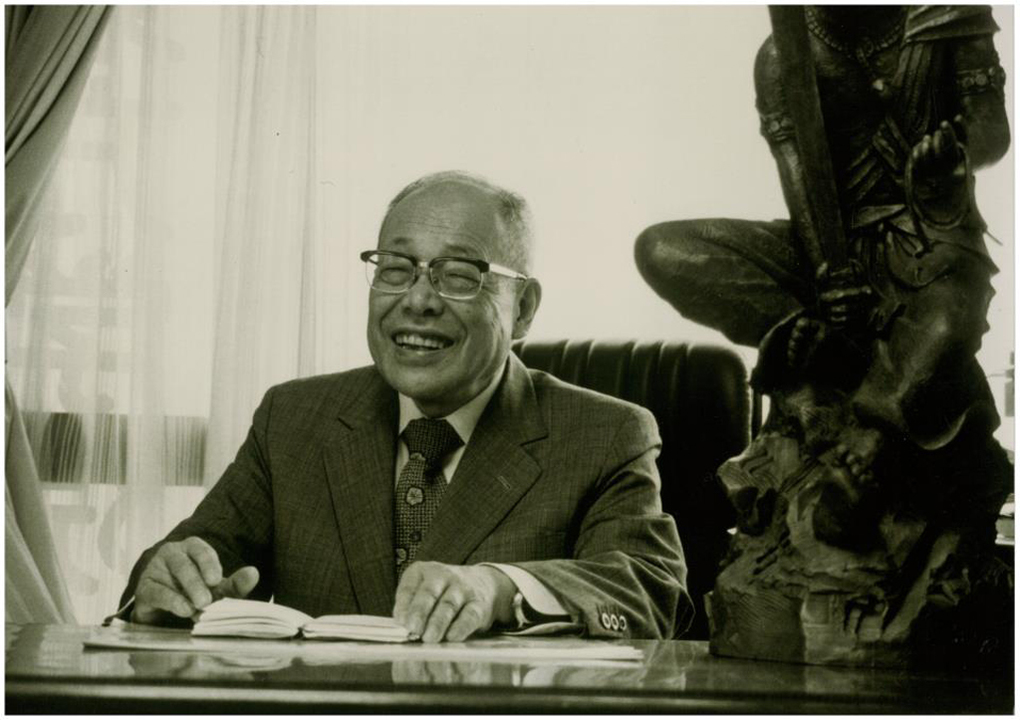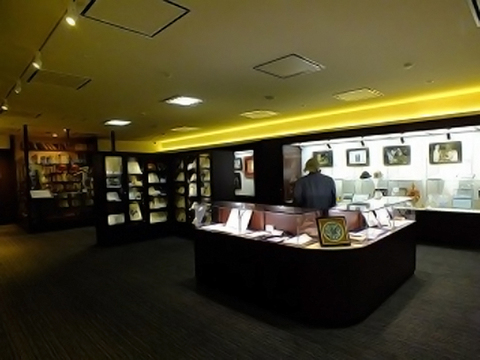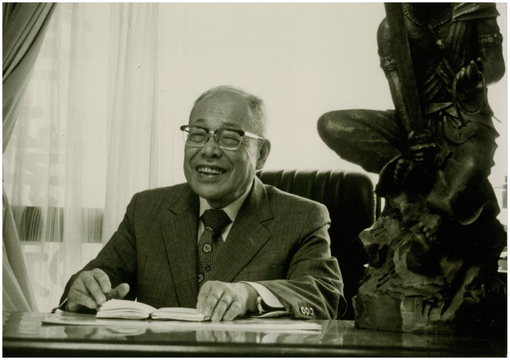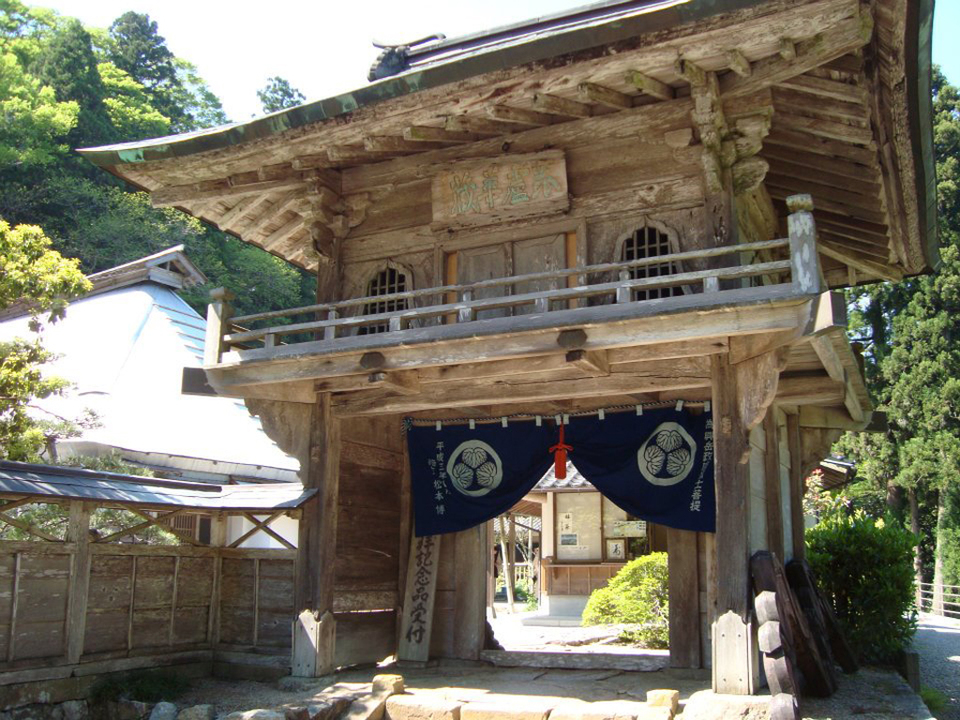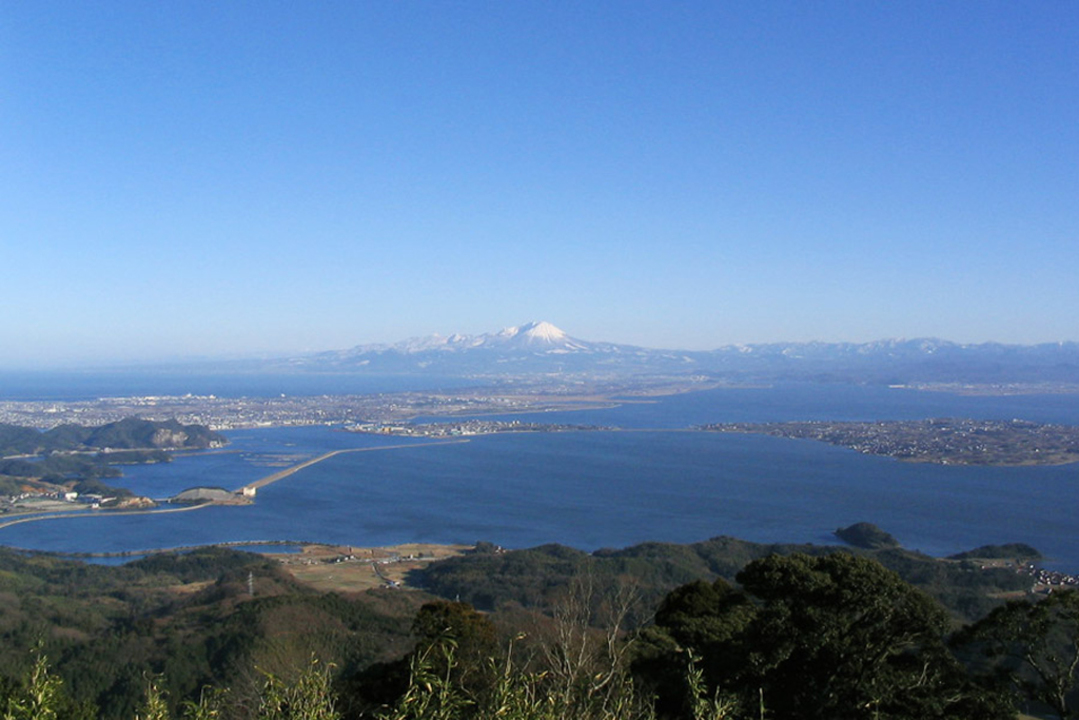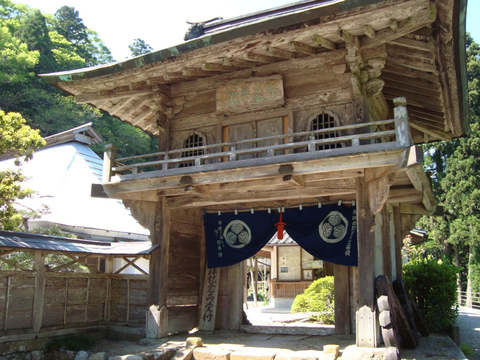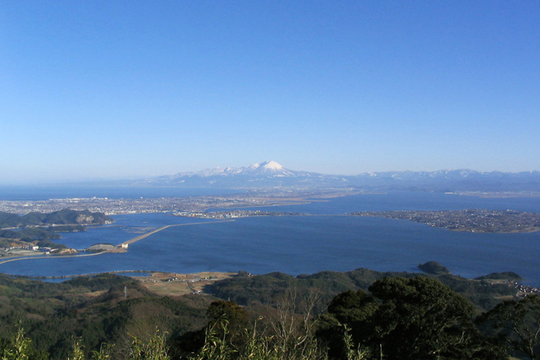Daikonshima Island
Lake Nakaumi – 中海
Lake Nakaumi is the fifth largest lake in Japan. Connected to the Sea of Japan via the Sakai Channel and to Lake Shinji through Ohashi River, it is a brackish lake with abundant wildlife. Its two main islands, connected by bridges and roads, are Daikonshima and Eshima.
The little Eshima Island is connected to Tottori Prefecture with a rigid frame bridge culminating at 45m above sea level, providing a vista-point for a majestic view of Mt Daisen. Lake Shinji and Nakaumi together are designated as Ramsar Convention Wetlands of International Importance since 2006.
The little Eshima Island is connected to Tottori Prefecture with a rigid frame bridge culminating at 45m above sea level, providing a vista-point for a majestic view of Mt Daisen. Lake Shinji and Nakaumi together are designated as Ramsar Convention Wetlands of International Importance since 2006.
Daikonshima Island – 大根島
The flat island of Daikonshima is one of the nation's most reputable producers of Japanese peonies and ginseng. Otsuka-yama Hill (a volcanic cone) offers a panoramic view of the island.
The basalt that the island is made up of, a blackish volcanic rock, is dotted with many little holes and is considered a precious material in the area. The volcanic island has two underground lava tunnels. One of them, called Ryukeido, and designated as national natural monument, can be visited with a Shimane Prefecture Home Guide (0852-76-2397). More information in this English PDF.
The basalt that the island is made up of, a blackish volcanic rock, is dotted with many little holes and is considered a precious material in the area. The volcanic island has two underground lava tunnels. One of them, called Ryukeido, and designated as national natural monument, can be visited with a Shimane Prefecture Home Guide (0852-76-2397). More information in this English PDF.
Yuushien Garden – 由志園
Yuushien is a traditional Japanese-style garden located in the centre of Daikonshima Island. Unlike the garden of the Adachi Museum of Art, it is designed as a walk-through garden with ponds, streams and small waterfalls. Its main attraction, the peony flower, blooms in winter and spring, and the garden is resplendent year round with a variety of seasonal blooms, such as irises and hydrangea in summer, and sasanqua and “momiji” foliage in autumn. Peonies are also kept in a hot house, where their blossoms can be viewed all year round. The volcanic rock of Daikonshima is also incorporated in the garden’s design. There are three restaurants and a tea-room from which you can enjoy the garden scenery.
| Admission fee | ¥800~1,400 |
|---|---|
| Hours | Open daily 10:00 - 17:00. |
| URL | www.yuushien.com |
| Tel | 0852-76-2255 |
| Access |
There is c Yuushien Garden is 15km from Matsue station (30 min by car). Free parking for 300 cars The garden is wheelchair accessible |
Peony – 牡丹
About 1.8 million peonies are produced annually on Daikonshima, more than anywhere else in Japan. There are hundreds of varieties, many of which have been bred on this island. Pronounced “botan” in Japanese, the peonies come into full bloom in late April and early May, with winter peonies blooming during the colder season. During winter, Yuushien Garden is blessed with beautiful winter peonies, gracefully protected from snow by a small, delicate thatched roof. Designated as one of the representative flowers of Shimane Prefecture, the peonies of Daikonshima are exported around the world.
Ginseng – 雲州人参
Half of the land of Daikonshima is made up of fields, and 20 hectares are dedicated to the production of ginseng. As this plant is not favourable to repeated cultivation in the same soil, growing the ginseng that can only be cultivated after 6 years of growth is considerably difficult. Growing ginseng here in Matsue began as a governmental project over 200 years ago, a practice which almost vanished nationwide by the Meiji Era, despite its prior widespread cultivation.
The shop inside Yuushien Garden carries a variety of ginseng related items, such as tea and ice cream with ginseng extract, and even cosmetics. You can also try some ginseng tempura dishes in the tea-room and restaurants.
The shop inside Yuushien Garden carries a variety of ginseng related items, such as tea and ice cream with ginseng extract, and even cosmetics. You can also try some ginseng tempura dishes in the tea-room and restaurants.
Nakamura Hajime Memorial Hall – 中村元記念館
The Nakamura Hajime Memorial Hall is an institution honouring the lifetime achievements of Dr. Nakamura Hajime, an illustrious citizen of Matsue who was a worldwide authority on Indian Philosophy, Buddhism, and comparative thought. In 1966, Dr. Nakamura was awarded the Honorary Degree of Vidya-Vacaspati in recognition of his achievements. In 1973, he was also awarded an honorary degree from the University of Delhi.
The memorial hall has a library of 30,000 of Dr. Nakamura’s books and academic documents, displays a number of his personal belongings, and hosts cultural lectures to promote exchange between India and the Nakaumi region.
The memorial hall has a library of 30,000 of Dr. Nakamura’s books and academic documents, displays a number of his personal belongings, and hosts cultural lectures to promote exchange between India and the Nakaumi region.
| Admission Fee | Free |
|---|---|
| Opening Hours | 10:00 -18:00 (Closed on Mondays) |
| URL | www.nakamura-hajime-memorialhall.or.jp (Japanese) |
| Tel | 0852-76-9593 |
| Access | Matsue City Hall Yatsuka Branch, 2nd Floor |
Kezo-ji Temple (Mt. Makuragi) – 華蔵寺(枕木山)
The temple of Kezo-ji stands on top of Mt. Makuragi, 456m above sea level. It offers an impressive view of Lake Nakaumi, Daikonshima Island, Mt. Daisen, Matsue City and even the Oki Islands on a clear day.
The temple serves as a guarding place to ward off evil spirits, because the mountain is precisely located on the north-eastern quarter of Matsue City, a direction which is considered to be particularly inauspicious in Feng Shui. Matsue and its castle are protected by two other such temples in this direction: Senju-in and Fumon-in. This is one of the temples where tea enthusiast and feudal lord of Matsue Matsudaira Fumai enjoyed the tea ceremony. While climbing the stairs to the temple, one can see a 9m tall stone statue of a Buddhist guardian deity Acala.
The temple serves as a guarding place to ward off evil spirits, because the mountain is precisely located on the north-eastern quarter of Matsue City, a direction which is considered to be particularly inauspicious in Feng Shui. Matsue and its castle are protected by two other such temples in this direction: Senju-in and Fumon-in. This is one of the temples where tea enthusiast and feudal lord of Matsue Matsudaira Fumai enjoyed the tea ceremony. While climbing the stairs to the temple, one can see a 9m tall stone statue of a Buddhist guardian deity Acala.
| Admission Fee | Free. Tea is 300¥. |
|---|---|
| URL | www.kezoji.com (Japanese) |
| Tel | 0852-34-1241 |
| Access | Kezoji is located 14km from JR Matsue Station, roughly 35mn by car. Bus as far as Honjo District (by Lake Nakaumi, 5km from there) and taxi to temple (reservation neccesary). See the website for access pictures (Japanese) |
Access and useful links - アクセス・リンク
Access
Daikonshima Island can be accessed by bus from JR Matsue Station. City bus, bound to Yatsuka-cho (Platform 6, Line 70, 50 min, ¥700). Find all the Japanese bus schedules here (Japanese). Another way to visit Daikonshima would be by car or taxi [See Moving Around].
Links
Pamphlets and maps
Lodging
Daikonshima Island can be accessed by bus from JR Matsue Station. City bus, bound to Yatsuka-cho (Platform 6, Line 70, 50 min, ¥700). Find all the Japanese bus schedules here (Japanese). Another way to visit Daikonshima would be by car or taxi [See Moving Around].
Links
- Sightseeing in Yatsuka District (Daikonshima Island Area) – Japanese website ›› Click here
Pamphlets and maps
- Map of Yatsuka District, in Japanese ›› Click here
Lodging
- See our Lodging section.
